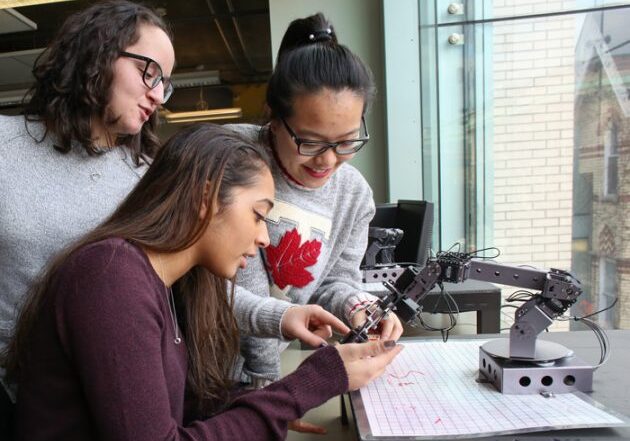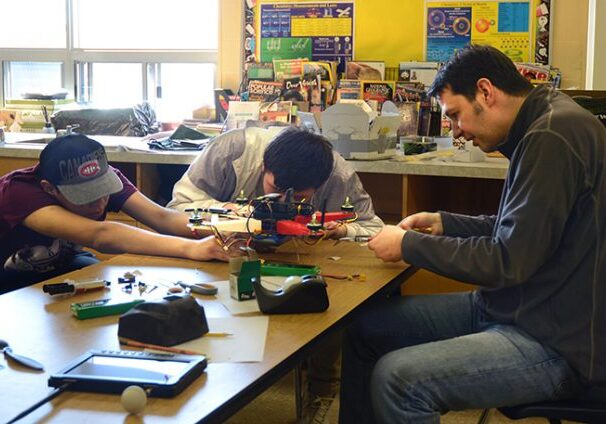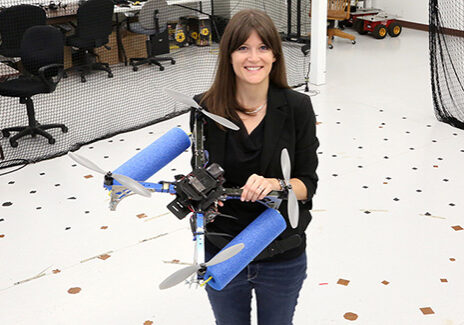
U of T Engineering researchers explore what makes robots ‘persuasive’ to humans
PhD candidate Shane Saunderson (MIE) is researching robot persuasion to apply these strategies in future socially assistive robots
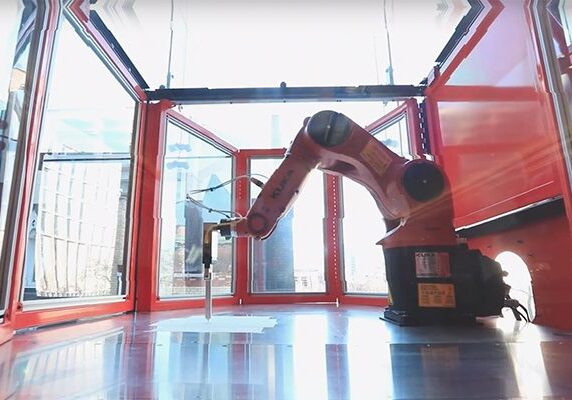
Take a tour of U of T Engineering’s Systems Control Lab
The Systems Control Lab is equipped with six industrial-grade robots that enable students to apply theoretical concepts into practical experience
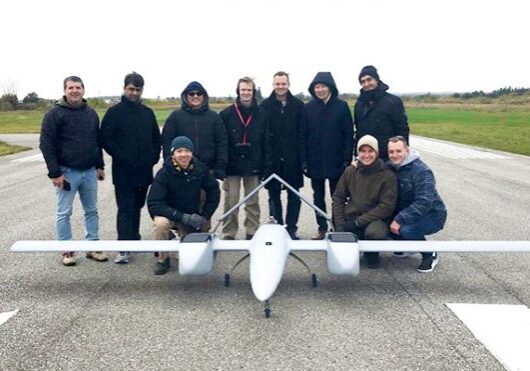
How a team of U of T Engineering graduates are developing a next-generation drone
Prototype being tested in Markham is capable of vertical take-off and landing (VTOL) as well as long-distance cruising
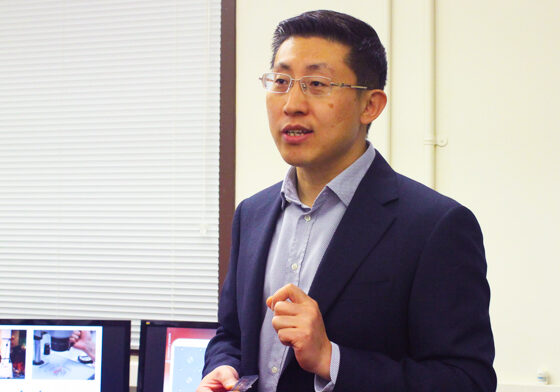
Professor Yu Sun elected Fellow of the National Academy of Inventors
Sun is recognized for creating outstanding inventions that have made a positive impact on quality of life and society
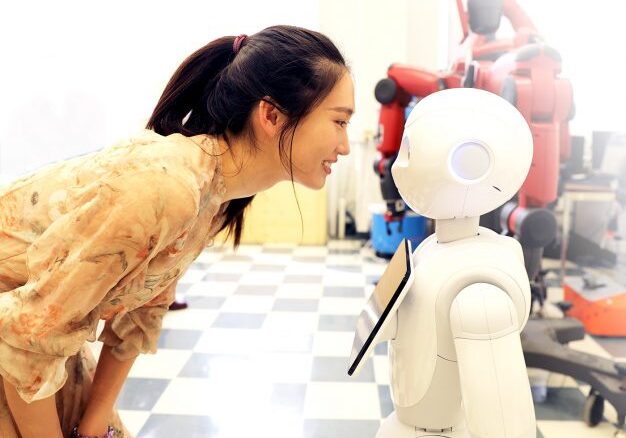
Meet Pepper: An AI robot that will reduce wait times in hospitals
The newest robotic platform in Professor Goldie Nejat’s lab is designed to automate data intake and patient monitoring
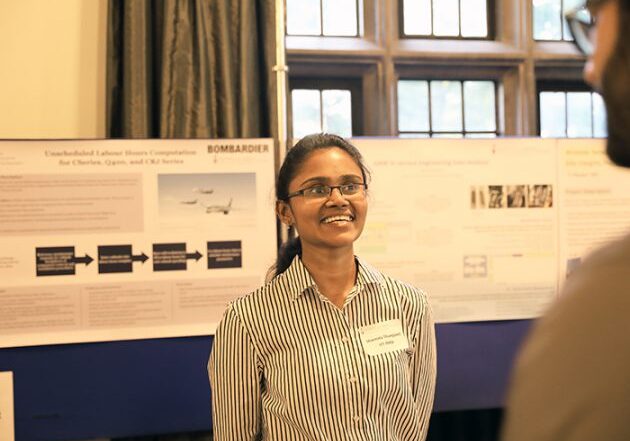
U of T Engineering students share multidisciplinary solutions to big industry challenges
Students in the University of Toronto’s Institute for Multidisciplinary Design and Innovation (UT-IMDI) share the results of their industry-sponsored projects at evening celebration

